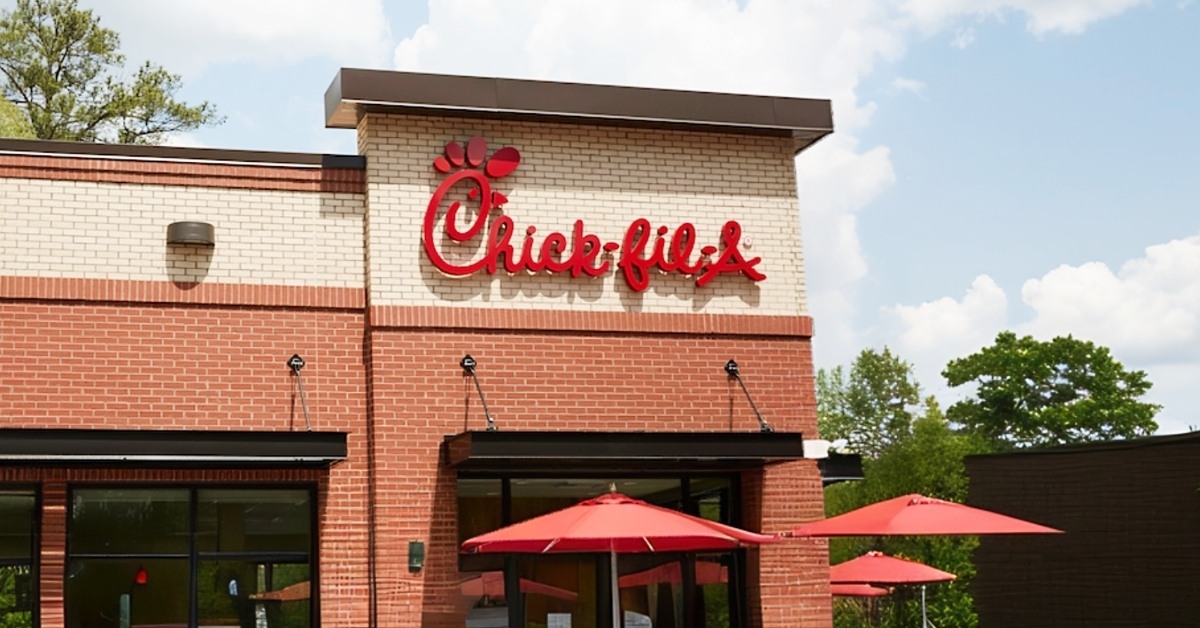All Things Queer: 7 LGBTQIA+ Museums to Check Out
LGBTQIA+ history is rich, diverse, and deeply interwoven with global cultural narratives. Yet, these stories have been marginalized or erased for much of modern history. Museums dedicated to LGBTQIA+ experiences play a vital role in preserving and sharing these narratives, ensuring that the struggles, triumphs, and everyday lives of queer individuals are recognized and remembered. [...] Read More... from All Things Queer: 7 LGBTQIA+ Museums to Check Out The post All Things Queer: 7 LGBTQIA+ Museums to Check Out appeared first on LOVEBSCOTT.


LGBTQIA+ history is rich, diverse, and deeply interwoven with global cultural narratives. Yet, these stories have been marginalized or erased for much of modern history. Museums dedicated to LGBTQIA+ experiences play a vital role in preserving and sharing these narratives, ensuring that the struggles, triumphs, and everyday lives of queer individuals are recognized and remembered.
These institutions honor the past and inspire future generations by showcasing the resilience and creativity of LGBTQIA+ communities. Visiting these museums offers an opportunity to engage with history, art, and culture from queer perspectives, fostering understanding and inclusivity. Here are seven LGBTQIA+ museums you should check out for an informative and eye-opening look at history.
1. Leslie-Lohman Museum of Art (New York, NY)
Located in Manhattan’s SoHo district, the Leslie-Lohman Museum of Art is the world’s only dedicated LGBTQIA+ art museum. It houses over 30,000 works by queer artists, spanning three centuries. The museum serves as a home for LGBTQIA+ artists, scholars, activists, and allies, and catalyzes discourse on art and queerness.
2. GLBT Historical Society Museum (San Francisco, Calif.)
Situated in the Castro District, the GLBT Historical Society Museum is the first stand-alone museum of LGBTQIA history and culture in the United States. It celebrates San Francisco’s vast queer past through dynamic exhibitions and programming, highlighting the city’s pivotal role in LGBTQIA+ activism.
3. Schwules Museum (Berlin, Germany)
Berlin’s Schwules Museum is one of the world’s largest institutions dedicated to archiving and researching LGBTQIA+ history. It offers a comprehensive look into queer life through exhibitions, events, and an extensive archive, providing insights into the experiences of LGBTQIA+ individuals in Germany and beyond.
4. The ArQuives: Canada’s LGBTQ2+ Archives (Toronto, Canada)
The ArQuives is the largest independent LGBTQ2+ archive in the world. Based in Toronto, it collects and preserves the histories of LGBTQIA+ communities in Canada. The archive offers exhibitions, educational programs, and a vast collection of documents, photographs, and artifacts.
5. Stonewall National Museum & Archives (Fort Lauderdale, Fla.)
The Stonewall National Museum & Archives is one of the nation’s top cultural institutions dedicated to LGBTQIA+ history. This museum holds over 28,000 books of fiction, non-fiction, biography, and art related to the pivotal Stonewall riots of 1969 in New York City.
6. The American LGBTQ+ Museum (New York, NY)
The American LGBTQ+ Museum, currently under development in New York City, is poised to become the city’s first museum dedicated to LGBTQIA+ history and culture. Situated on the Upper West Side, it will occupy the fourth floor of the New-York Historical Society’s new Tang Wing for Democracy, a 70,000-square-foot expansion set to open in 2027. The museum aims to preserve, investigate, and celebrate the dynamic histories and cultures of LGBTQIA+ people and those of emergent and adjacent identities within the community. In the interim, the museum has initiated programming and exhibitions in collaboration with the New-York Historical Society, aiming to create a vibrant and welcoming space that counters common conceptions of museums.
7. Leather Archives & Museum (Chicago, Ill.)
The Leather Archives & Museum in Chicago is dedicated to preserving the history of leather, kink, fetish, and BDSM cultures. It offers an alternative narrative to mainstream depictions of kink, presenting artifacts, art, and exhibits that underline the crucial role leather-folk have played in queer activism and intersectionality.
Visiting LGBTQIA+ museums offers more than just a history lesson; it’s an immersive experience into the lives, struggles, and triumphs of queer communities. These institutions provide a space for reflection, education, and celebration, highlighting the importance of inclusivity and representation in cultural narratives.
As society continues to evolve, supporting and engaging with LGBTQIA+ museums ensures that these vital stories are preserved and shared. Whether you’re a member of the LGBTQIA+ community or an ally, these museums offer valuable insights and foster a deeper understanding of the diverse tapestry of human experience.
Have you checked out any of these LGBTQIA+ museums? Let us know your experience in the comments below.
The post All Things Queer: 7 LGBTQIA+ Museums to Check Out appeared first on LOVEBSCOTT.












